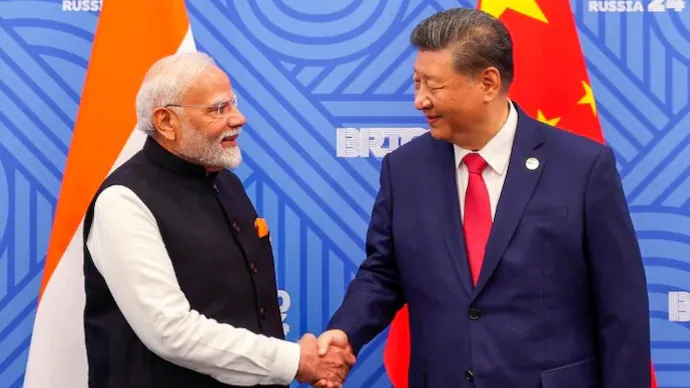India’s Strategic Diplomatic Push: Strengthening Ties with Japan and Resetting Relations with China
- MGMMTeam

- Aug 29
- 2 min read
Prime Minister Narendra Modi’s recent diplomatic tour across Asia highlights India’s strategic intent to strengthen partnerships and recalibrate regional relations. His back-to-back engagements with Japan and China reflect India’s nuanced approach to global geopolitics amid rising economic and security challenges.

Deepening India-Japan Relations: Technology, Trade, and Shared Vision
Prime Minister Modi’s two-day visit to Japan underscored the enduring “Special Strategic and Global Partnership” between the two democracies. In Tokyo, Modiji held extensive discussions with Japanese Prime Minister Shigeru Ishiba, focusing on economic collaboration, defense, technology, and people-to-people exchanges. The leaders emphasized the importance of a free, open, and inclusive Indo-Pacific, highlighting the role of both countries in maintaining regional peace.
During his visit, Japan committed to investing ¥10 trillion (~$68 billion) in India over the next decade, with a focus on semiconductors, critical minerals, clean energy, and innovation. The signing of thirteen memorandums of understanding further strengthened cooperation in sectors ranging from battery supply chains to sustainable fuels. Modiji also announced a joint lunar exploration initiative—Chandrayaan-5—symbolizing the growing scientific collaboration between the two nations. Receiving a Daruma doll from a Tokyo temple, Modiji highlighted the symbolism of perseverance and goal achievement, reflecting India’s aspirations for a resilient partnership with Japan.
Resetting India-China Relations at the SCO Summit
Following the Tokyo visit, Prime Minister Modi is set to meet Chinese President Xi Jinping in Tianjin at the Shanghai Cooperation Organisation (SCO) Summit. This marks Modiji’s first visit to China in seven years, signaling a cautious yet deliberate effort to ease tensions and foster dialogue. The SCO platform also allows Modiji to engage with Russian President Vladimir Putin, reinforcing India’s position in multilateral diplomacy.
Recent developments indicate a tentative thaw in India-China relations. Agreements to resume direct flights, lift curbs on rare earth and fertilizer exports, and restore border negotiation mechanisms suggest an opening for constructive engagement. Modiji emphasized the global importance of amicable India-China relations, presenting their collaboration as essential for regional stability and a multipolar world order.
Navigating Global Trade Pressures and Strategic Realignment
Modiji’s Asian tour comes amid escalating trade tensions, including significant U.S. tariffs on Indian exports. India has responded by diversifying its partnerships, deepening ties with Japan while cautiously engaging China. Observers note that India’s diplomatic strategy balances economic interests with security considerations, reflecting a pragmatic approach to global challenges. By leveraging multilateral platforms like the SCO and strengthening bilateral partnerships, India aims to maintain strategic autonomy while navigating complex geopolitical currents.
Conclusion
Prime Minister Modi’s consecutive visits to Japan and China demonstrate India’s sophisticated foreign policy approach. By intensifying strategic collaboration with trusted partners like Japan and cautiously engaging historical rivals like China, India positions itself as a key player in shaping Asia’s future. The dual-track diplomacy reinforces India’s commitment to stability, economic growth, and regional security, projecting the country as a resilient actor in an increasingly uncertain world.
(Sources: India Today, NDTV, LiveMint)




Comments